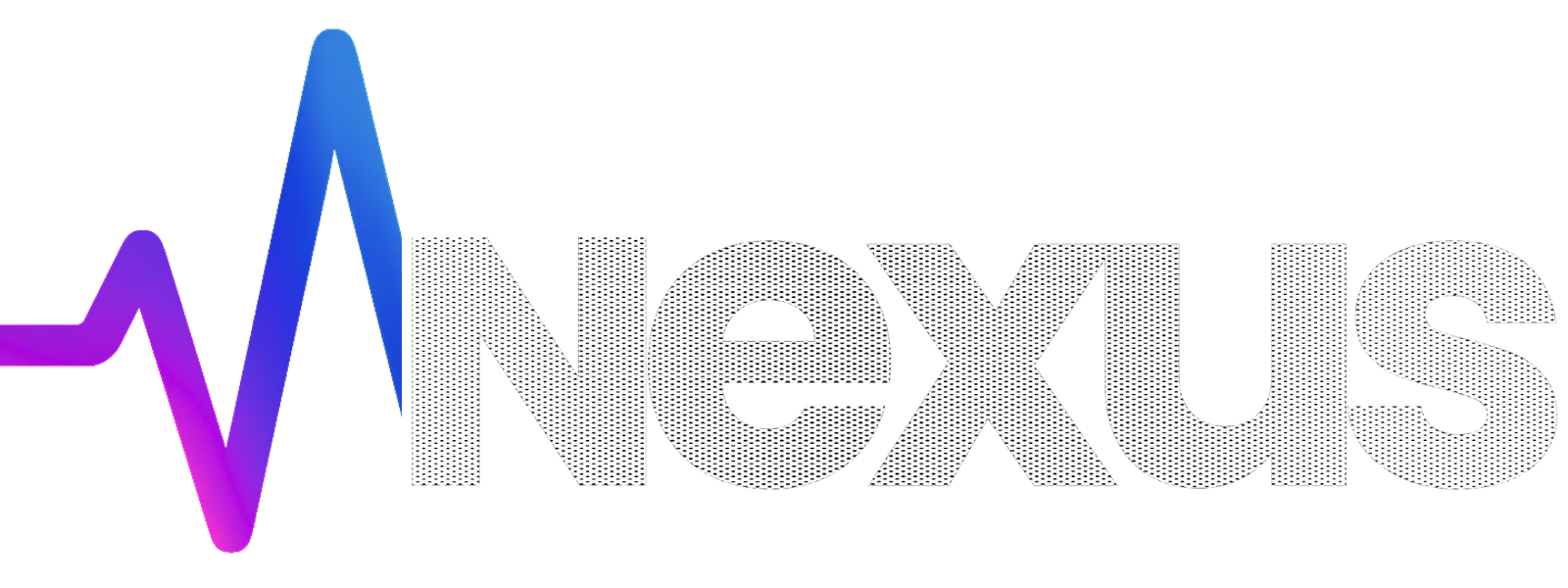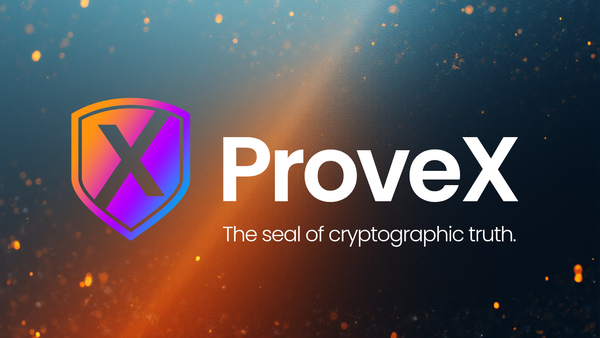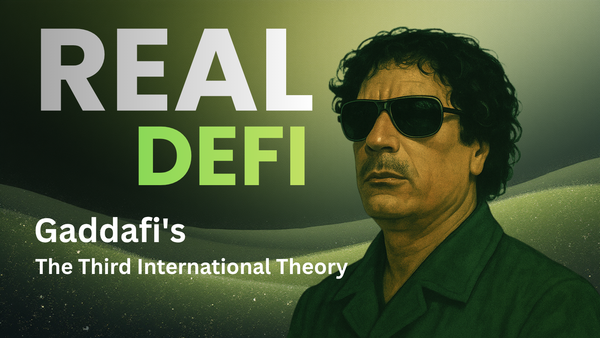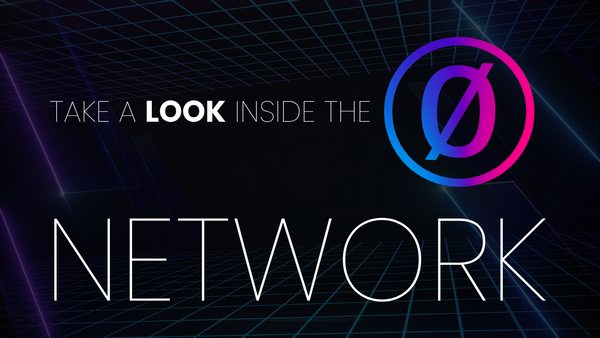🔐 The Trustless Index: PulseChain vs Ethereum
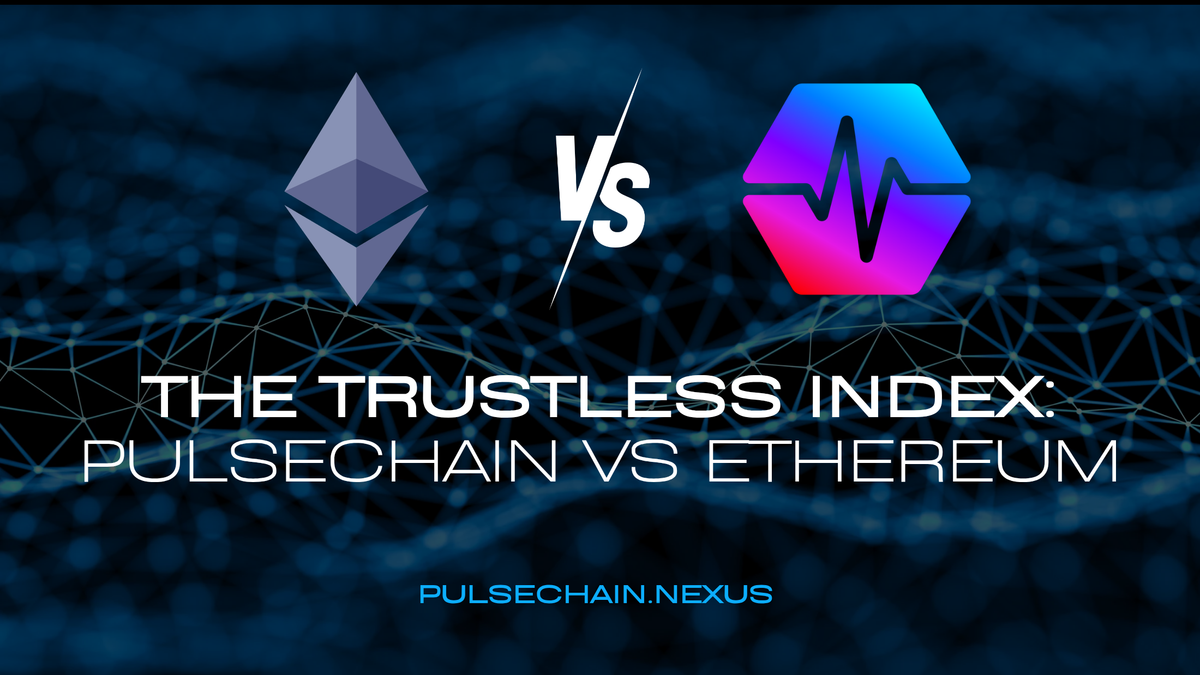
As part of our mission to track true decentralization, the Trustless Index ranks blockchains based on how trustless, immutable, and censorship-resistant they really are.
Below are the 10 key categories, each scored out of 10 (max score = 100), with commentary on why each score was awarded.
🧱 Trustless Index Categories
- Validator Entry – Can anyone easily run a validator?
- Slashing & Punishment – Are validators penalized or jailed?
- Upgradeability / Admin Keys – Can contracts or base-layer code be changed?
- Client Diversity – Are there multiple software clients available?
- Foundation / Company Control – Is control held by a team or foundation?
- Economic Centralization – Do VCs, whales, or institutions dominate supply?
- Censorship Resistance – Can transactions be censored or excluded?
- Token Launch Fairness – Was the token launched fairly, with no insider edge?
- Governance Model – Is governance truly decentralized?
- L1 Self-Sufficiency – Can users transact freely on L1, without relying on L2s?
⚖️ PulseChain vs Ethereum: Trustless Scoreboard
| Category | PulseChain | Ethereum | Reasoning |
|---|---|---|---|
| Validator Entry | 9 | 3 | PLS entry cost is ~$100. ETH requires 32 ETH (~$100k), limiting access. |
| Slashing & Punishment | 10 | 4 | PulseChain has no slashing. Ethereum has active slashing and validator jailing. |
| Upgradeability / Admin Keys | 10 | 3 | PulseChain apps like HEX and PulseX are immutable. ETH contracts (e.g., Uniswap) are upgradeable via multisigs. |
| Client Diversity | 3 | 9 | PulseChain relies on a Prysm fork. Ethereum has multiple battle-tested clients (Prysm, Teku, Lighthouse, etc.). |
| Foundation / Control | 8 | 3 | PulseChain was founded by RH but no central foundation exists. Ethereum has EF, ConsenSys, and dominant dev teams. |
| Economic Centralization | 8 | 3 | PulseChain had no VC round. ETH supply is concentrated via ICO, Lido, and institutional holdings. |
| Censorship Resistance | 9 | 4 | PulseChain has no known censorship. Ethereum has OFAC-compliant relay issues (e.g., Flashbots). |
| Token Launch Fairness | 10 | 3 | PulseChain gave free copies to all ETH holders. ETH had a pre-mine and ICO. |
| Governance Model | 9 | 4 | PulseChain has no on-chain or dev team governance. Ethereum’s roadmap decisions rest with EF devs. |
| L1 Self-Sufficiency | 10 | 2 | PulseChain runs cheaply on L1. Ethereum requires L2s (Arbitrum, Optimism) to remain usable under load. |
🧮 Final Trustless Scores
| Blockchain | Total Score |
|---|---|
| PulseChain | 86 / 100 |
| Ethereum | 38 / 100 |
🧠 What the Scores Reveal
This Trustless Index comparison isn’t about tribalism. It’s about transparency—giving users the tools to see who holds the keys, who can pull the levers, and what it really means to trust code over people.
Ethereum has achieved massive adoption, but along the way it’s become entangled with high fees, slashing penalties, validator monopolies, and censorship-compliant infrastructure. That’s not speculation—it’s observable. The score reflects this drift toward complexity and control.
PulseChain, on the other hand, shows what can happen when DeFi is rebuilt with first principles in mind. Cheap to use, easy to validate, no slashing, no admin keys on core dApps, and no need for L2s. It doesn’t solve every problem, but it’s undeniably closer to the trustless ideal that crypto was born from.
These scores should make one thing clear: PulseChain is not just another chain. It’s an opportunity to opt out of gatekept infrastructure and rediscover what real decentralization can look like.
Roman Wilder
